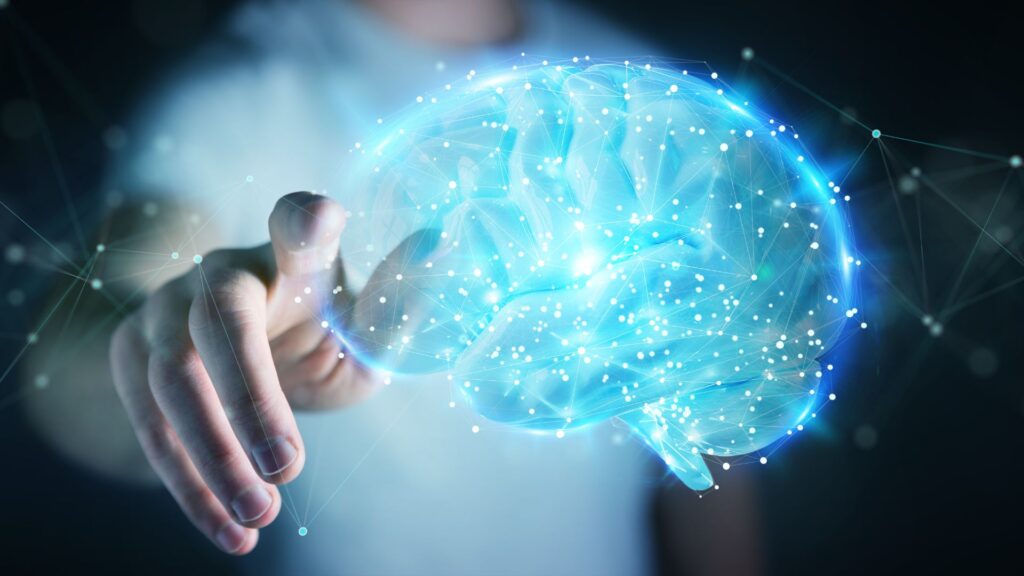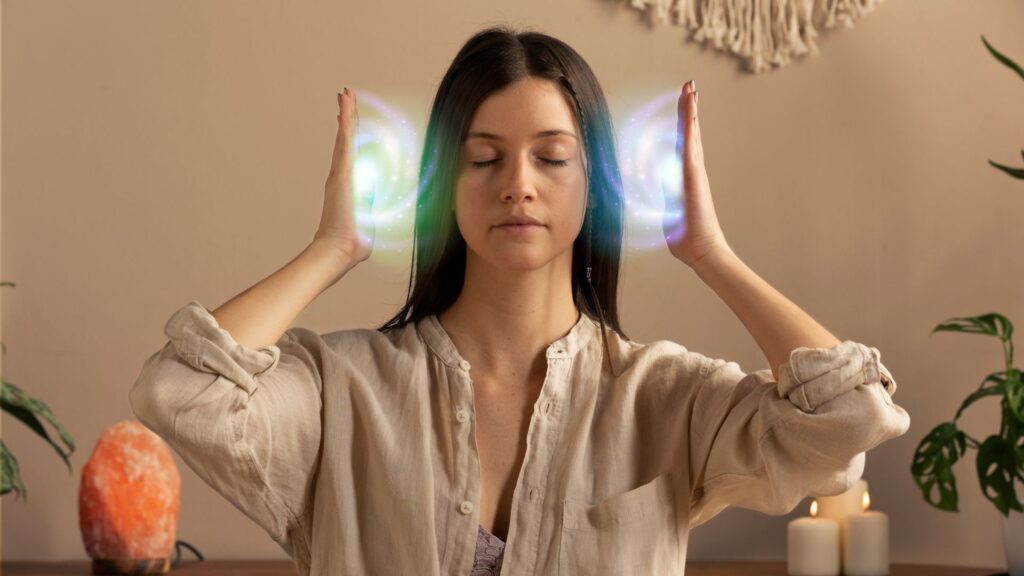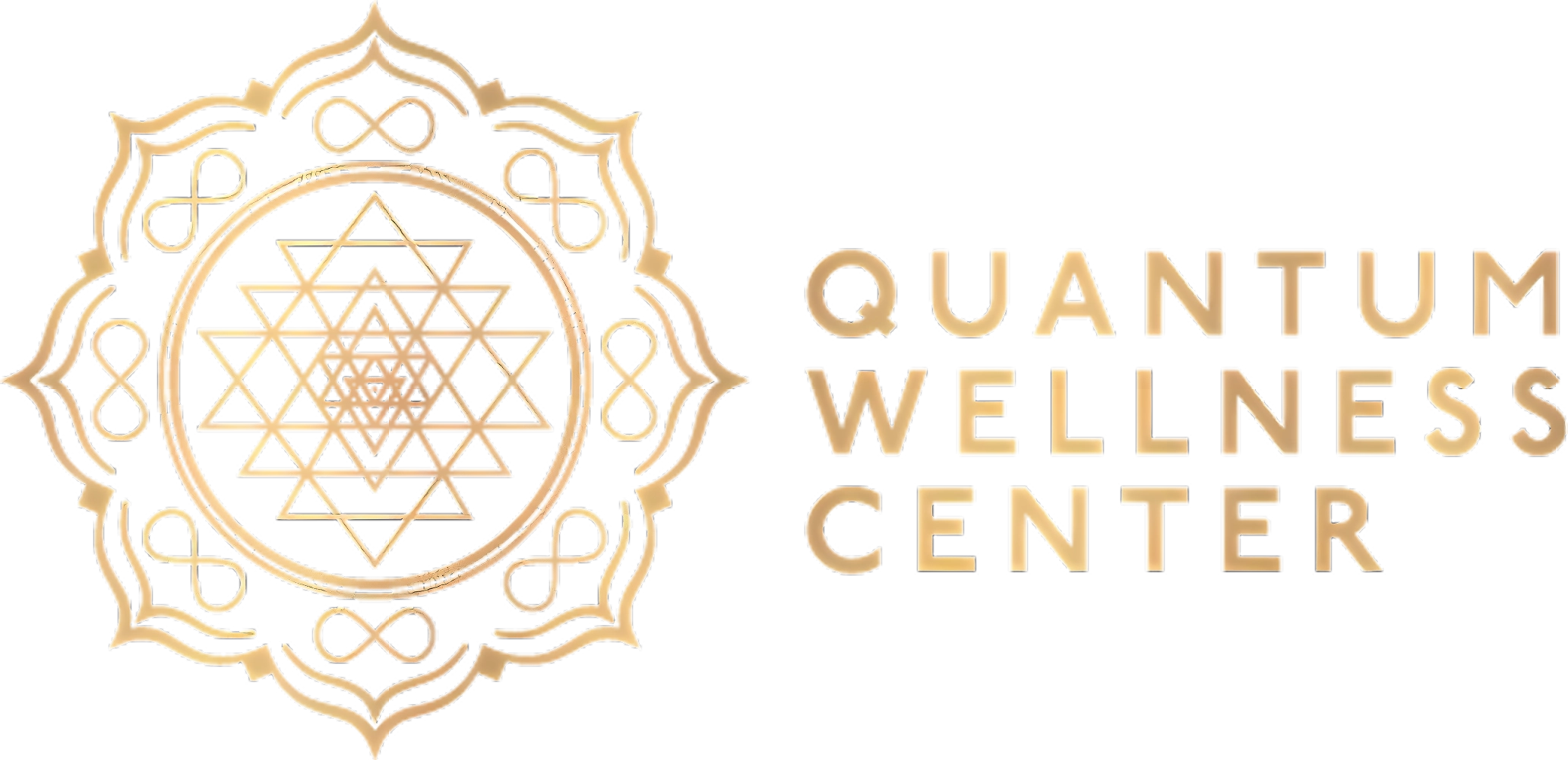Transcranial magnetic stimulation (TMS) is a noninvasive form of brain stimulation that uses magnetic fields to activate specific parts of the brain. TMS is best known for its role in helping patients who struggle with depression symptoms that have not responded to other treatments, but its uses continue to expand.
In this article, we’ll describe the basics of TMS, explain the science behind how TMS therapy works, and discuss the effects of TMS on the brain and its applications in clinical practice.

What Is TMS?
TMS, or transcranial magnetic stimulation, uses a magnetic coil placed on the scalp to create a rapidly changing magnetic field. This energy penetrates the skull and induces an electrical current in targeted brain regions. By directing magnetic pulses of TMS to an area of the brain involved in mood regulation, such as the dorsolateral prefrontal cortex, TMS can stimulate brain cells that are underactive in conditions like major depressive disorder.
TMS is FDA-approved for the treatment of major depression and obsessive-compulsive disorder, and has also gained approval for use in migraines and smoking cessation. As clinical trials progress, TMS therapy is being explored for its potential effectiveness in treating post-traumatic stress disorder, anxiety, and a range of neurological diseases.
Many outpatient facilities, including major hospitals and mental health centers, offer TMS therapy sessions during regular hours, with some providing evening or weekend appointments to accommodate different schedules. Whether your treatment requires standard repetitive TMS or advanced deep brain stimulation techniques to treat depression, anxiety, and other mental health issues, certified providers ensure tailored care delivered in comfortable, accessible settings.
How Does TMS Work?
TMS therapy works by delivering electrical stimulation to nerve cells in the brain, but rather than requiring surgery or direct electrical contact, it uses magnetic impulses generated by the TMS coil. When the coil is placed against the scalp, the TMS machine generates a magnetic field and sends pulses of magnetic energy that easily pass through the skull, causing a small, precisely focused electrical current in the targeted brain area.
The depth and intensity of the current produced can be controlled by adjusting parameters on the TMS therapy system, such as the frequency, duration, and level of stimulation, to reduce symptoms. The site of stimulation is chosen based on the patient’s diagnosis; in the treatment for depression, this site is most often part of the brain involved in emotional regulation.
There are several types of TMS, each differing in how magnetic pulses are delivered. Standard or single-pulse TMS sends one magnetic pulse at a time, often for diagnostic purposes. Repetitive TMS (rTMS) administers a series of repeated pulses, which can have longer-lasting effects on brain activity and are most commonly used in clinical applications.
Theta burst stimulation, a new form of repetitive TMS, delivers high-frequency bursts in a shorter overall treatment session and is showing promise for faster results. Deep TMS uses special coils designed to reach several centimeters into the brain, stimulating deeper brain regions associated with treatment-resistant disorders.
What Does TMS Do in the Brain?
TMS uses a magnetic field to induce electrical current in the brain, which can either increase or decrease the excitability of neurons, depending on how the pulses are delivered. By modifying the activity of targeted brain networks, TMS works to restore healthy communication between brain cells.
For example, in major depressive disorder, repetitive transcranial magnetic stimulation may help “reset” dysfunctional circuits by enhancing or suppressing neuronal firing in the prefrontal cortex and connected regions. Over the course of treatment, these changes in brain activity can reduce symptoms and improve mood, even when other treatments have failed.
The effect of TMS can last beyond individual treatment sessions, with benefits lasting weeks or months in some patients, particularly if maintenance sessions are prescribed.

What to Expect During a TMS Session
A TMS session is an outpatient procedure that does not require anesthesia, so patients remain awake and alert the entire time. The medical provider places the TMS coil against the scalp, carefully positioning it over the site of stimulation determined to be best for the condition being treated.
As the TMS machine operates, patients typically feel a tapping or knocking sensation, sometimes accompanied by mild facial muscle twitching, but there is rarely significant discomfort. Each treatment session lasts between 20 and 60 minutes, depending on the type of TMS protocol used, and most patients undergo daily sessions (five times per week) for several weeks for the treatment of depression or related conditions.
After each TMS procedure, patients can return immediately to their normal activities.
Safety and Side Effects
TMS is a noninvasive therapy and is generally well-tolerated. Side effects are generally mild and temporary. The most common potential side effect is local scalp discomfort or mild headache at the site where the magnetic coil makes contact with the scalp.
Occasionally, TMS may cause patients to experience lightheadedness or twitching in facial muscles during the pulses, but these effects are generally mild and short-lived. The risk of seizures is very low when proper safety screening is performed and stimulation parameters are set appropriately.
Unlike more invasive stimulation technologies or procedures like electroconvulsive therapy, TMS does not require anesthesia and does not cause confusion or memory loss. This makes TMS an attractive option for patients who wish to avoid side effects and recovery time associated with other treatments.
Current Applications and Future Directions
TMS is widely regarded as a breakthrough in the treatment of major depression, especially when other approaches have failed. It is also FDA-approved for the treatment of obsessive-compulsive disorder, migraines, and nicotine dependence, and its range of clinical applications is rapidly expanding.
Recent clinical trials and research are exploring its use in the treatment of PTSD, anxiety disorders, neurological rehabilitation, and even memory enhancement. Advances in TMS technology, such as theta burst stimulation, deep TMS, and the integration of neuroimaging techniques like magnetic resonance imaging to precisely guide the location of stimulation, are paving the way for more personalized and effective care.
TMS is also being studied for its potential role in managing bipolar disorder, particularly in addressing depressive symptoms. This application may offer an alternative option for individuals who haven’t found relief with traditional treatments.
As evidence grows and guidelines evolve, more clinics, hospitals, and specialists are beginning to offer TMS to a wider population of patients.
Final Thoughts from Quantum Wellness Center
Transcranial magnetic stimulation (TMS) is a safe, noninvasive therapy that uses magnetic pulses to modulate brain activity and relieve symptoms of depression, OCD, and other neuropsychiatric disorders. With short sessions, mild side effects, no anesthesia, and no systemic drugs, TMS stands out as a valuable modern treatment.
For those seeking a drug-free, science-backed approach to managing depression and other mental health challenges, Quantum Wellness Center in Sarasota, Florida offers transcranial magnetic stimulation (TMS) in a peaceful and luxurious environment. This cutting-edge therapy empowers individuals to take the first step toward emotional relief and renewed vitality.



